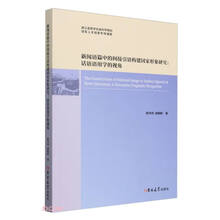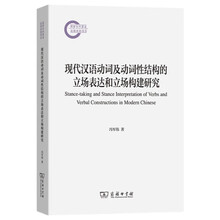导读
About the series
About the author
Introduction to Sound Foundations revised edition
Ideas behind the phonemic chart
Part 1 Discovery toolkit
Level 1 Sounds in isolation
1 Introduction
2 Vowels: monophthongs
3 Vowels: diphthongs
4 Consonants
Level 2 Words in isolation
1 Introduction
2 Joining individual phonemes to make words
3 Stress in words
4 Unstress in words
5 Primary and secondary stress
6 Where do you put the stress in words?
7 Intonation and word stress
Level 3 Connected speech
1 Introduction
2 Overview
3 Sounds and simplifications in connected speech
4 Rhythm in connected speech
5 Intonation
Part 2 Classroom toolkit
Level 1 Sounds in isolation
1 General applications of the chart
2 Using the pointer
3 Introducing and integrating the chart
4 Seven modes of chart usage
5 A first lesson with the chart
6 Four ways of giving models
7 Developing your internal imaging of sounds
8 Developing your use of mime and gesture
9 Working with individual sounds
10 Working with mistakes
Level 2 Words in isolation
1 Establishing the sound flow
2 Working with the spelling-pronunciation link
3 Word stress: working with words of two or more syllables
4 Word stress and Cuisenaire rods
5 Finger correction
6 Integrating the learner's dictionary with pronunciation work
7 Lip reading, ventriloquism, pronunciation and vocabulary
Level 3 Connected speech
1 Overview
2 Simplification and reduction of sounds in connected speech
3 Stress, prominence and rhythm in connected speech
4 Intonation
5 Some integrative activities and suggestions
Appendix 1 Further thoughts
Appendix 2 Phonemic charts for other languages
Further reading
Index
展开










